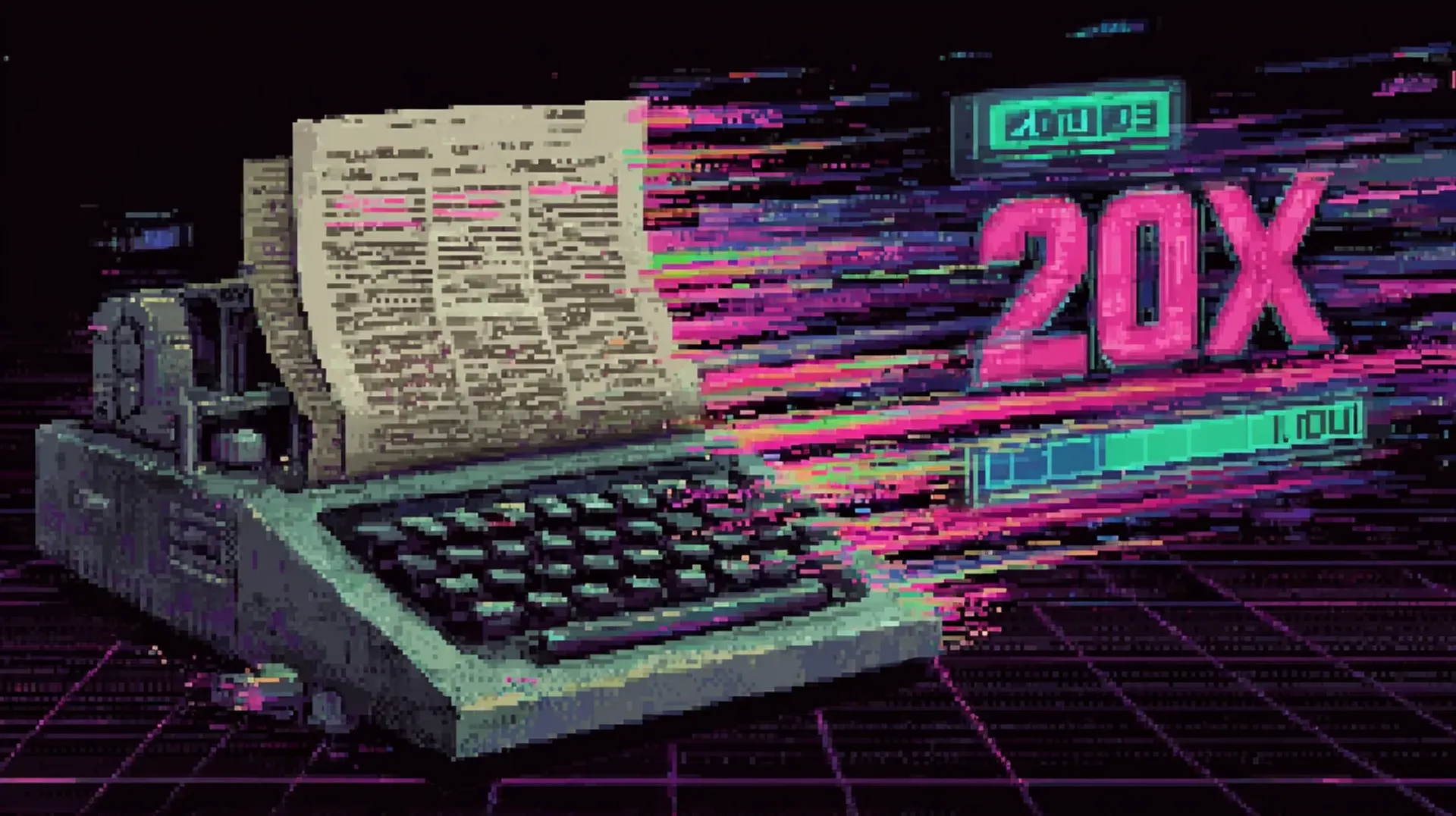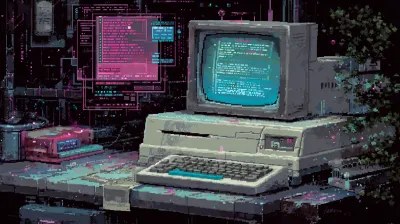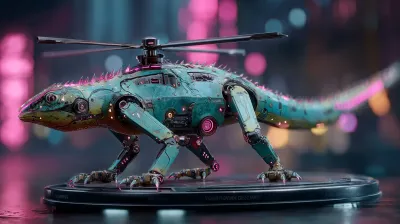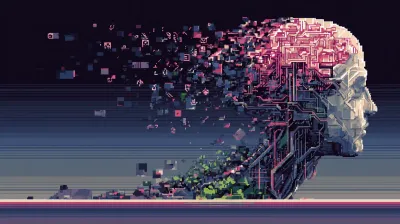On October 20, 2025, DeepSeek released a model that compresses text by converting it into images. Not as a lossy compression technique. As a more efficient way for AI to process documents.
This is counter-intuitive. Images should require more tokens than text, right? Turns out: no.
How Vision-Text Compression Works
Standard approach: Feed 800 words of text to an LLM → consume 800+ text tokens.
DeepSeek-OCR approach: Convert 800 words into an image → feed to vision model → consume 100 vision tokens.
The model uses two components:
- DeepEncoder: Combines Meta’s SAM (local visual perception) + OpenAI’s CLIP (global understanding) + 16x compression module
- DeepSeek3B-MoE decoder: Reconstructs text from compressed vision tokens
Result: 7.5x compression at 97% accuracy. Push it to 20x and accuracy drops to 60%, but that’s still usable for many workflows.
— DeepSeek-OCR Research PaperUsing just 100 vision tokens, the model achieved 97.3% accuracy on documents containing 700-800 text tokens.
Why This Matters for Document Processing
I built ParseIt for document extraction. Token efficiency directly impacts cost and scalability.
Current problem: Few-shot learning injects correction examples into prompts. As corrections accumulate, token bloat becomes an issue. Each document costs more to process.
Vision compression potential: Convert documents to images, compress 10x, inject few-shot examples as text. Net result: larger context windows, lower costs, same accuracy.
The breakthrough isn’t just compression. It’s expanding what fits in context. Instead of choosing between document content and few-shot examples, you can have both.
Full code and weights available on GitHub and Hugging Face. DeepSeek continues shipping open-source models that challenge proprietary solutions.
What It Doesn’t Solve
The research is promising, but production reality has rough edges. Here’s what independent testing revealed:
Production Reliability Issues
- Bounding box drift: Coordinates shift between runs, making precise extraction unreliable
- Table parsing errors: Structured data extraction struggles on complex layouts
- Hallucinated text: Model occasionally invents content that wasn’t in the source
- Missed regions: Text blocks get skipped, especially in dense multi-column layouts
DeepSeek-OCR is acknowledged as early-stage work. The researchers note OCR alone is insufficient to validate context optical compression and plan needle-in-a-haystack testing.
What DeepSeek-OCR Actually Optimizes
This is a token compression breakthrough, not an OCR quality breakthrough.
- Optimizes for: API costs, context window efficiency
- Doesn’t improve: Document understanding, visual reasoning, extraction accuracy
- Trade-off: 97% accuracy at 10x compression sounds good until you hit production edge cases
When Traditional Tools Still Win
- Clean scans + simple layouts: Tesseract/PaddleOCR remain faster and more reliable
- CPU-only deployment: Vision models need GPUs; traditional OCR doesn’t
- Battle-tested reliability: Years of production use vs weeks of research release
- Handwriting and noisy receipts: Limited validation on messy real-world inputs
The Missing Benchmarks
No standardized head-to-head comparison exists between DeepSeek-OCR, GPT-4V, and Claude on identical datasets. The accuracy claims come from DeepSeek’s own Fox benchmark, not independent validation.
For document understanding (not just extraction), GPT-4V and Claude excel at:
- Visual reasoning about charts and diagrams
- Context-aware field extraction from complex forms
- Interpreting document semantics, not just reading text
The Bigger Picture
DeepSeek-OCR is interesting research, not a production-ready revolution. The token compression technique works, but solves a specific cost optimization problem rather than advancing OCR quality.
When To Use What
DeepSeek-OCR makes sense if:
- Processing 200K+ pages/day (massive scale)
- Token costs are the primary bottleneck
- Documents are relatively clean and structured
- 97% accuracy is acceptable (vs 99%+ from traditional tools)
Stick with GPT-4V/Claude if:
- Document understanding matters (not just text extraction)
- Visual reasoning is required (charts, diagrams, infographics)
- Production reliability is critical
- You’re optimizing for accuracy over cost
Use traditional OCR (Tesseract/PaddleOCR) if:
- Processing clean scans with simple layouts
- CPU-only deployment constraints
- Need battle-tested reliability
- Accuracy requirements are strict
The Real Innovation
The broader insight: compression through modality switching. Same information, different encoding, 20x efficiency gain. This opens questions beyond OCR:
- Do audio tokens compress better than text for certain tasks?
- Are video representations more efficient for visual reasoning?
- Can we interleave digital-optical text in pretraining?
The research paper hints at this bigger picture. OCR is the first application, not the endgame.
The tech press conflates “interesting research” with “production-ready breakthrough.” DeepSeek-OCR is the former, not yet the latter.
Worth experimenting with? Absolutely. Ready to replace your production pipeline? Probably not.
Try the model yourself: github.com/deepseek-ai/DeepSeek-OCR
Research paper: arxiv.org/abs/2510.18234



